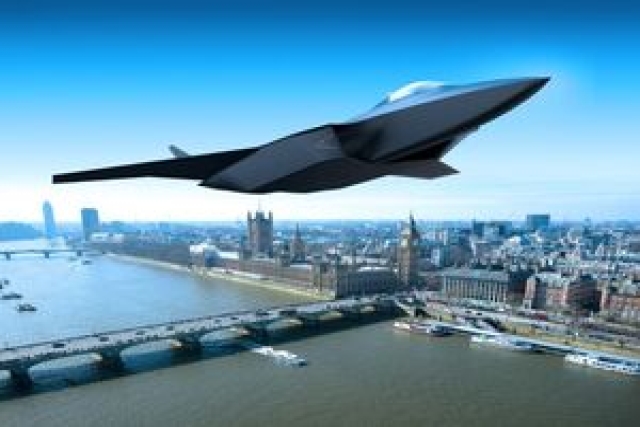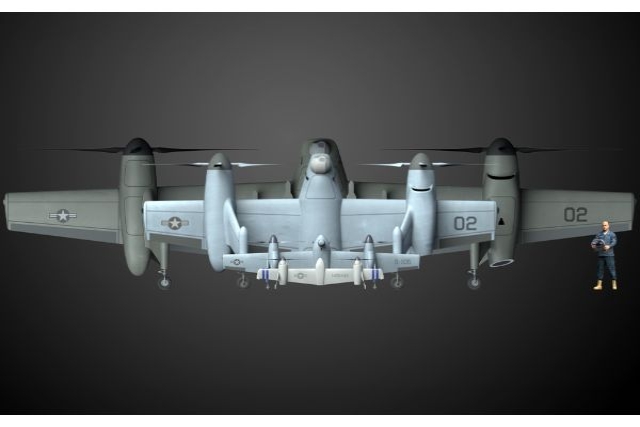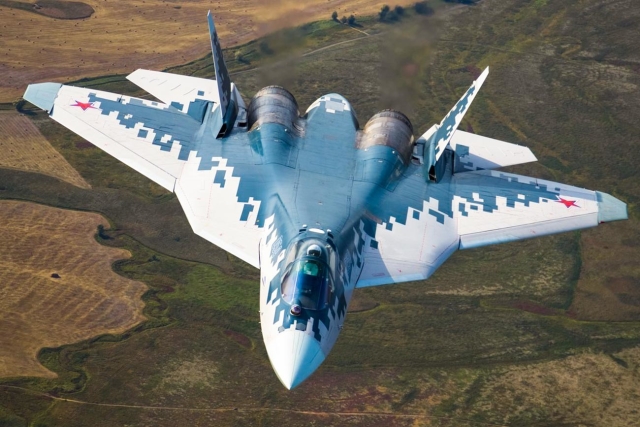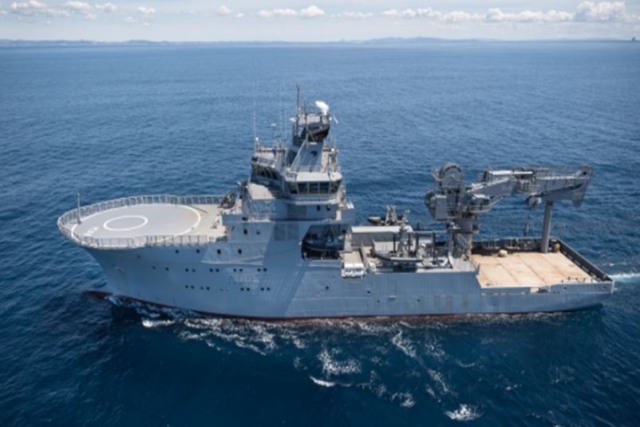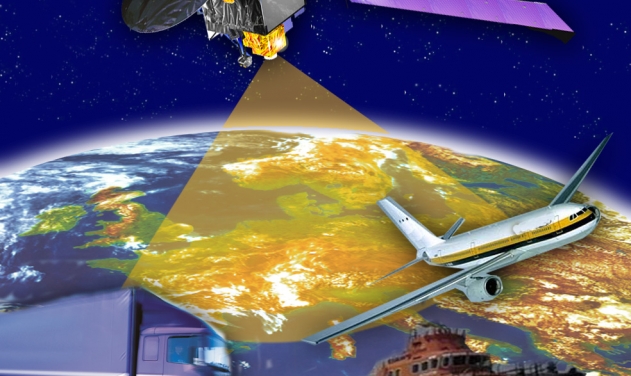Britain, Italy and Japan Sign Treaty for Joint Stealth Fighter Development
The new jet will have a radar capable of providing 10,000 times more data than current systems
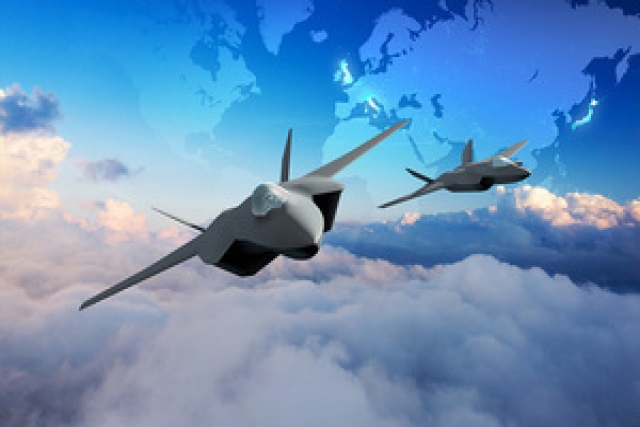
The defense ministers of Britain, Japan, and Italy have signed a treaty for the Global Combat Air Program (GCAP), a collaborative effort to develop an advanced stealth fighter with supersonic capability.
Initiated a year ago, the program's latest step involves presenting the signed treaty to each country's parliament for approval.
Outlined in the treaty are plans for the combat aircraft to be airborne by 2035, with the joint development phase set to commence in 2025. The headquarters for both the government and industry components of GCAP will be located in Britain. Leadership roles have been disclosed, with Japan providing the first chief executive for the government organization and Italy supplying the initial leader for the business entity.
The supersonic stealth jet, incorporating cutting-edge technology, includes a radar system capable of providing 10,000 times more data than current systems. Key contributors to the project include BAE Systems, Leonardo, MBDA, and Rolls-Royce from Britain, along with Mitsubishi Heavy Industries, Mitsubishi Electric Corp, IHI Corp, and Avio Aero from Japan.
Coinciding with the treaty signing is the formal selection of the UK as the headquarters for the GCAP partnership. The program's development phase is scheduled to begin in 2025, with delivery anticipated by 2035. Grant Shapps, the British defense minister, emphasized the importance of combined expertise and resources in achieving the project's goals, highlighting collaborative decision-making with partners Italy and Japan.
Despite the current limitation to the three countries, there are speculations about Saudi Arabia joining in the future, although the Japanese government reportedly opposes the Gulf monarchy's bid. GCAP is among several sixth-gen fighter aircraft programs in the West. In Europe, the Future Combat Aircraft System (FCAS) effort, involving France, Germany, Spain, and potential newcomers like Sweden, aims to select a fighter design by 2025. The GCAP partnership appears to be ahead of the FCAS, with the United States planning to award a design for its Next Generation Air Dominance (NGAD) fighter by next year.
In a separate development, the defense ministers of Japan, Britain, and Italy established a coordinating body to proceed with their joint plan for the next-generation fighter jet. This milestone underscores the commitment of the three nations to collaborate on defense equipment development, addressing security challenges and replacing aging fighter jets.
Unveiled in December of the previous year, the GCAP fighter project signifies Japan's first joint defense equipment development deal outside its traditional security ally, the United States. Under the coordinating entity's oversight, a consortium comprising Mitsubishi Heavy Industries, BAE Systems, and Leonardo aims to complete design work by 2027.
The Japanese government plans to seek parliamentary approval during the 2024 regular Diet session to establish and fund the coordinating entity, with Japan's share of the funds estimated at 4 billion yen ($28 million). The goal is to develop a successor to Japan's F-2 fighter jets and replace Eurofighter jets for Britain and Italy.
Efforts to relax Japan's strict rules for defense equipment transfers, aiming to promote new fighter jet exports to third nations, face challenges due to disagreements within the ruling Liberal Democratic Party and its coalition partner Komeito. Despite these hurdles, the collaborative efforts of Britain, Japan, and Italy in the GCAP project represent a significant step forward in international defense cooperation.
Before the tripartite meeting, Italian Defense Minister Guido Crosetto announced Italy's hosting of the first-ever meeting of Group of Seven defense chiefs in the upcoming year. Holding the rotating G7 chair in 2024, Italy aims to foster international dialogue on defense matters.
